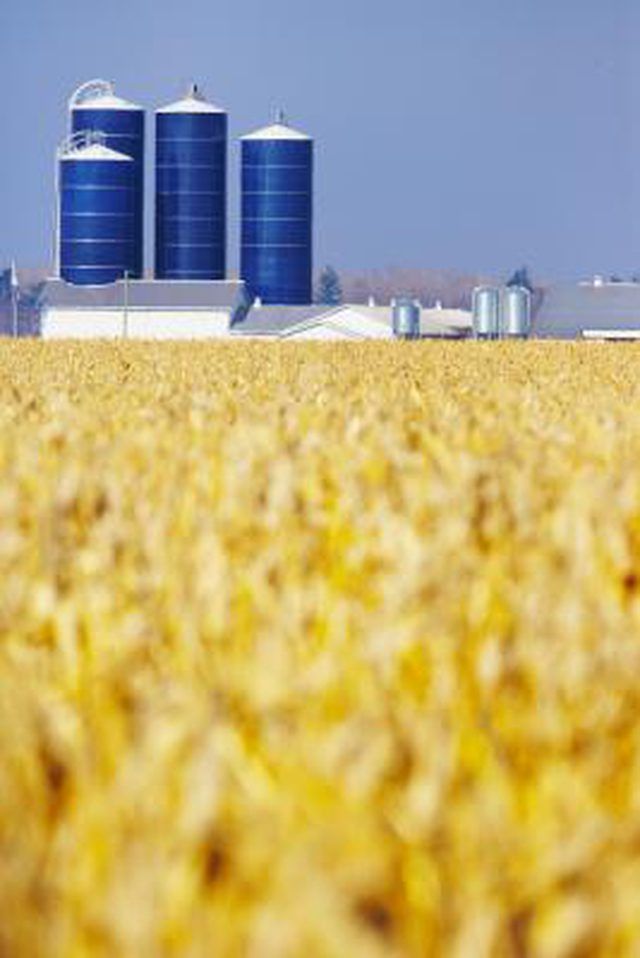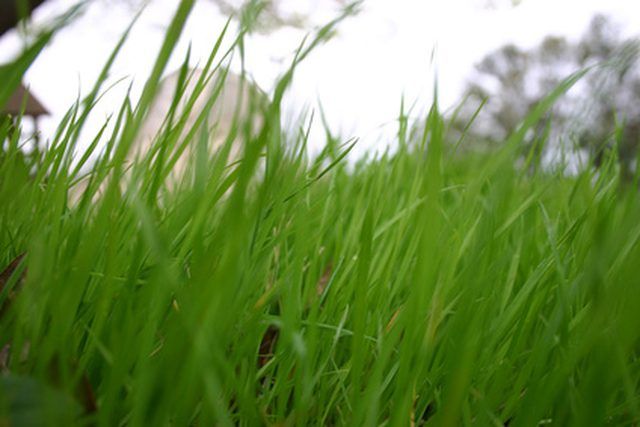Bulbs
Flower Basics
Flower Beds & Specialty Gardens
Flower Garden
Garden Furniture
Garden Gnomes
Garden Seeds
Garden Sheds
Garden Statues
Garden Tools & Supplies
Gardening Basics
Green & Organic
Groundcovers & Vines
Growing Annuals
Growing Basil
Growing Beans
Growing Berries
Growing Blueberries
Growing Cactus
Growing Corn
Growing Cotton
Growing Edibles
Growing Flowers
Growing Garlic
Growing Grapes
Growing Grass
Growing Herbs
Growing Jasmine
Growing Mint
Growing Mushrooms
Orchids
Growing Peanuts
Growing Perennials
Growing Plants
Growing Rosemary
Growing Roses
Growing Strawberries
Growing Sunflowers
Growing Thyme
Growing Tomatoes
Growing Tulips
Growing Vegetables
Herb Basics
Herb Garden
Indoor Growing
Landscaping Basics
Landscaping Patios
Landscaping Plants
Landscaping Shrubs
Landscaping Trees
Landscaping Walks & Pathways
Lawn Basics
Lawn Maintenance
Lawn Mowers
Lawn Ornaments
Lawn Planting
Lawn Tools
Outdoor Growing
Overall Landscape Planning
Pests, Weeds & Problems
Plant Basics
Rock Garden
Rose Garden
Shrubs
Soil
Specialty Gardens
Trees
Vegetable Garden
Yard Maintenance
What Is Corn Gluten Fertilizer?
What Is Corn Gluten Fertilizer?. Until 1986, corn gluten meal was simply a corn milling byproduct. No one had thought to use the meal for any other purpose, until Iowa State University researchers noticed the corn gluten meal suppressed seed germination. The byproduct is now a useful, natural herbicide that also acts as a nitrogen fertilizer.

Until 1986, corn gluten meal was simply a corn milling byproduct. No one had thought to use the meal for any other purpose, until Iowa State University researchers noticed the corn gluten meal suppressed seed germination. The byproduct is now a useful, natural herbicide that also acts as a nitrogen fertilizer.
Nitrogen Content
Animal feed manufacturers use the meal byproduct as an inexpensive source of protein. In addition to a high protein content, corn gluten meal also contains 10 percent nitrogen. Nitrogen is the primary ingredient in most lawn fertilizers and encourages both deep green color and fast growth. At the recommended application rate of 20 pounds per 1,000 square feet, this equates to a generous 2 pounds of nitrogen per 1,000 square feet.
Pre-emergent Herbicide
Most homeowners use corn gluten meal to suppress weed seeds rather than to fertilize lawns. It cuts new weed germination rates by 50 to 60 percent without resorting to synthetic and sometimes dangerous herbicides, but does not affect growing weeds or perennial weeds. After four to five years of regular use, however, it fully controls weed growth. The nitrogen also contributes to a thick, weed-free lawn.

Fertilizer
The nitrogen in corn gluten meal breaks down over time, acting as a slow-release fertilizer. This reduces chances for fertilizer burns on the lawn and ensures a long-lasting release. Corn gluten meal is not a complete fertilizer, however, and lacks phosphorous and potassium; test your soil and add these nutrients as necessary.